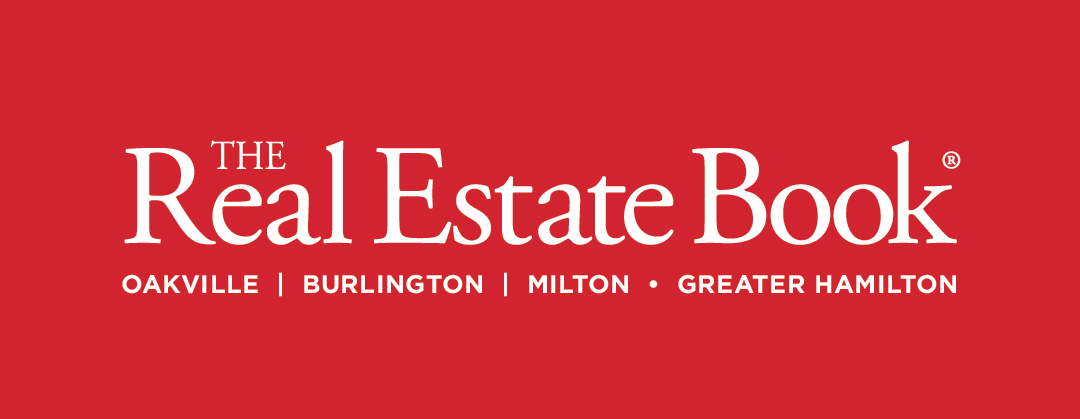Housing Market Continued to Rebound in June and Early July
There continues to be good news on the housing front. National home sales rebounded by a further 63% in June, returning them to normal levels for the month – 150% above where they were in April when the pandemic-induced lockdown paralyzed the economy (see chart below). Data released this morning from the Canadian Real Estate Association (CREA) showed that for Canada’s largest housing markets, activity was strong. Sales rose 83.8% (month-over-month) in the Greater Toronto Area (GTA), and 34.8% in Hamilton-Burlington. These gains reflect the pent-up demand from what would have been a stellar spring housing season.
Even on a year-over-year basis, national home sales were up 15.2% in June.
Anecdotal evidence suggests that home sales continued to be robust in the first weeks of July. Daily tracking thus far this month indicates that activity has strengthened further in July. According to Costa Poulopoulos, Chair of CREA, “realtors across Canada are increasingly seeing business pick back up”.

New Listings
The number of newly listed homes shot up by another 49.5% in June compared to the prior month with gains recorded across the country.
The national sales-to-new listings ratio tightened to 63.7% in June compared to 58.5% posted in May. There were only 3.6 months of inventory on a national basis at the end of June 2020 – a 16-year low for this measure.
Home Prices
The Aggregate Composite MLS® Home Price Index (MLS® HPI) climbed 0.5% in June 2020 compared to May. Of the 20 markets currently tracked by the index, 17 posted gains.
The actual (not seasonally adjusted) national average price for homes sold in June 2020 was almost $539,000, up 6.5% from the same month the previous year.
The national average price is heavily influenced by sales in Greater Vancouver and the GTA, two of Canada’s most active and expensive housing markets. Excluding these two markets from calculations cuts more than $107,000 from the national average price. In the months ahead, the extent to which sales fluctuate in these two markets relative to others could have significant effects on the national average price, both up and down.
The Bottom Line
CMHC recently forecast that national average sales prices will fall 9% to 18% in 2020 and not return to year end 2019 levels until as late as 2022. We continue to believe that this forecast is overly pessimistic. Here we are in the second half of 2020, and the national average sales price has risen 6.5% year-over-year.
The good news is that the housing market is contributing to the recovery in economic activity. While the course of the virus is uncertain, Canada’s government has handled the COVID-19 situation very well from both a public health and a fiscal and monetary perspective.
Written by: Jason Woods, Broker with TLC Mortgage Group














